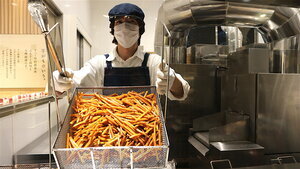Kanpai! On our Tokyo food tour at an izakaya
Are food tours worth it?
Tokyo is a city that is renowned for its delicious and diverse food culture. There are many available options, so choosing where to begin can be difficult. That's why taking a small group food tour in Tokyo can be a great way to sample a wide variety of dishes and learn about the city's culinary culture.
Not only does it give you a great introduction to Tokyo while trying many foods, but it can also help you understand the etiquette and food scene a little better.
Our small group food tour: A Journey Through Time Through Food is one of our most popular tours for a reason. Not only do you eat ALOT, but you also learn a lot about Japanese food and history. You’ll end up feeling like you filled your stomach and your brain!
Five reasons why you should take a Tokyo food tour:
Try a wide variety of dishes: We try over 10 different foods!
Learn about the culture and history revolving around Japanese food: We break our food tour into 3 districts: one for the past, one for the present, and one for the future
Support local businesses: We go to many locally owned shops - some over 300 years old
Hidden gems: Find places not included in guide books
Meet other foodies: If you are on a small group food tour, chances are there are other foodies. Who knows you might become great friends with them
Read more about our Tokyo food tour: A Journey Through Time Through Food below!
Guests on our private food tour, visiting a locally owned sweets shop from 1877.
Our Tokyo Food Tour
Our Tokyo food tour: A Journey Through Time Through Food is one of our most popular food tours in Tokyo. We visit 3 geographical districts. One for the past, one for the present, and one for the future.
Starting in the past, we explore the Nihonbashi district, a non-touristy highlight, and arguably our most popular district. Here, we learn about the foundations of Japanese food and learn about foods that have been around for hundreds of years. We even get to visit some local shops that have been generationally owned!
Then, we head into the present day around the Yurakucho and Tokyo Station area. Here we learn about what modern eating and drinking is like. We learn about the gift-giving culture through food and explore how modern salarymen drink!
Finally, in the Akihabara district, or the future foods, we learn about fusion foods, and how food is changing to target younger people.













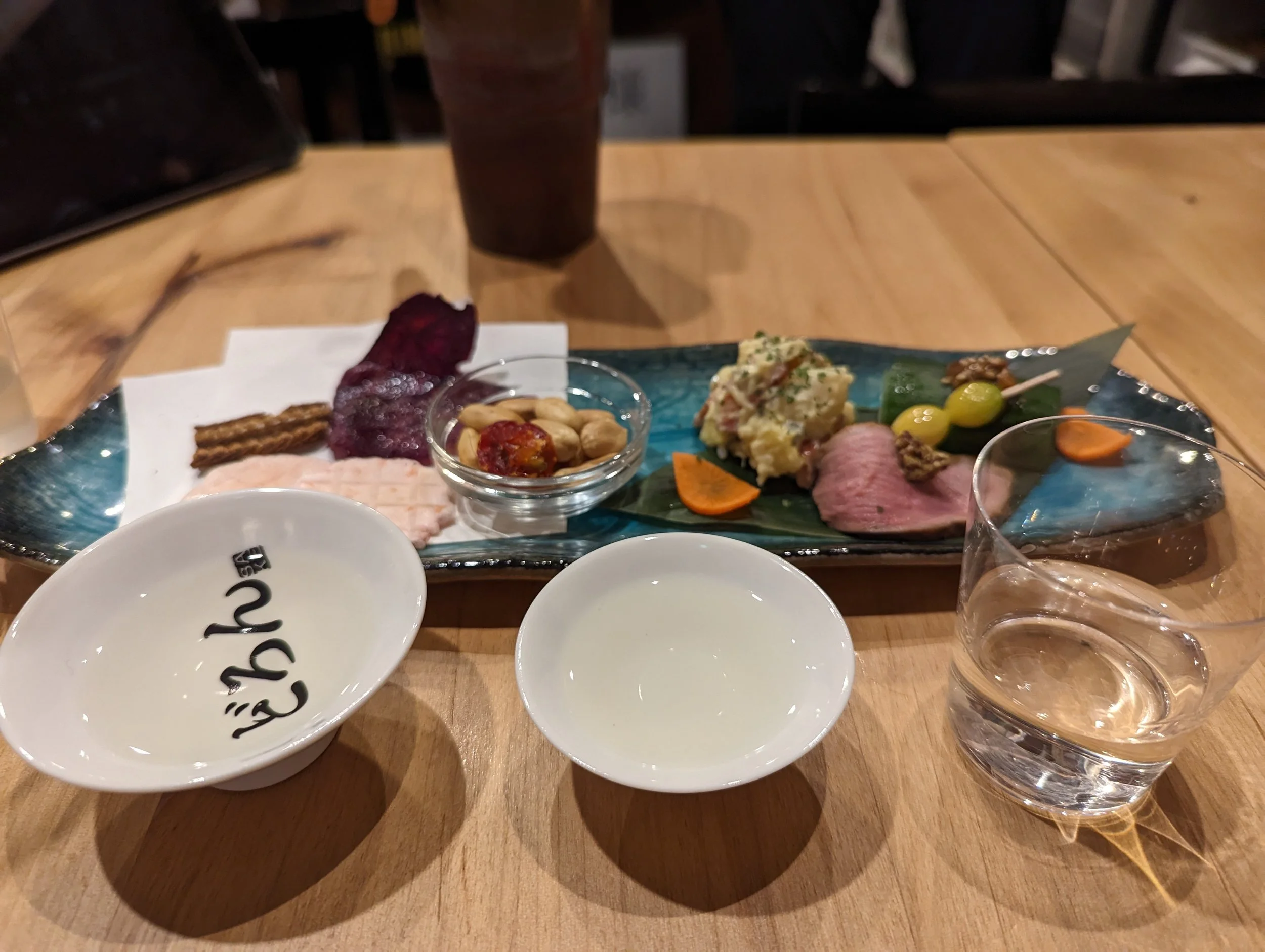





![[JAPAN TRAVEL TIPS] HOW TO GET FROM HANEDA AIRPORT TO TOKYO](https://images.squarespace-cdn.com/content/v1/5d3ee66abacfa00001df6854/1671688829670-LVVS9Y7PJTQJ53H5236C/unsplash-image-rXNiu3IE4Mc.jpg)


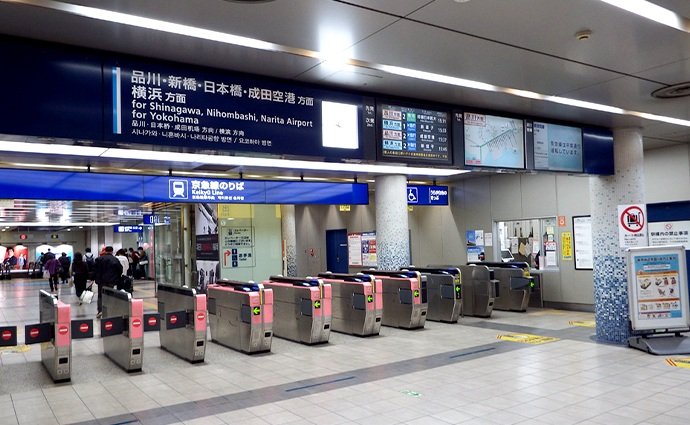
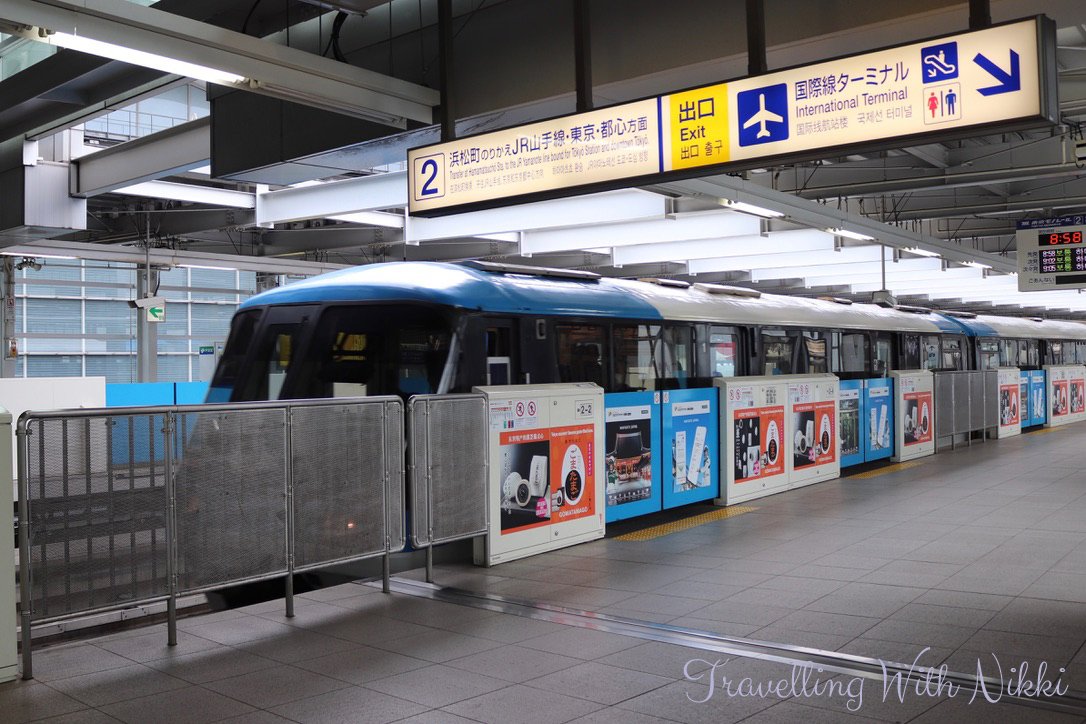


![WHAT TO DO IN JAPAN ON NEW YEARS [4 THINGS TO DO]](https://images.squarespace-cdn.com/content/v1/5d3ee66abacfa00001df6854/1671691497581-7ODU0CYIEY9XFLGBURCO/jw-5d156969236c81.93559267.jpeg)

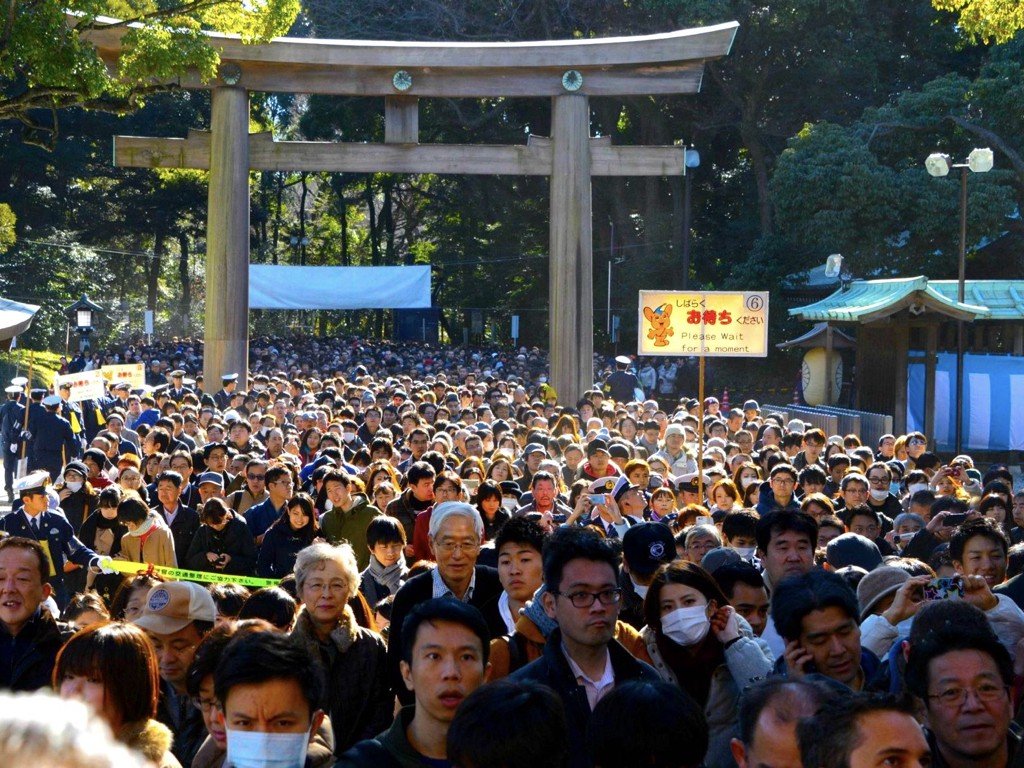

![[JAPAN TRAVEL TIPS] HOW TO GET FROM NARITA AIRPORT TO TOKYO](https://images.squarespace-cdn.com/content/v1/5d3ee66abacfa00001df6854/1670991992776-NK4RBUTFUY7IWX4L8FOK/unsplash-image-F4YHCub-GRk.jpg)


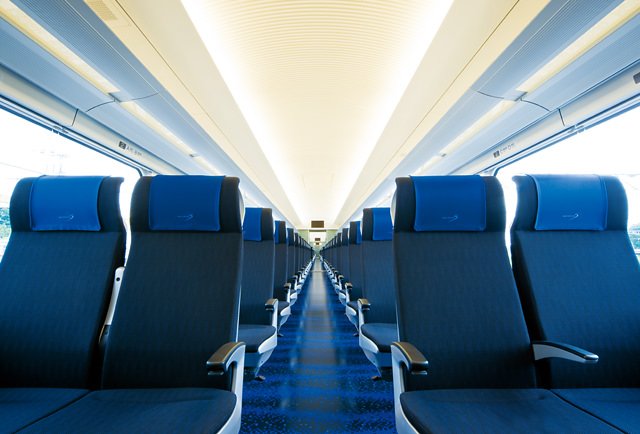
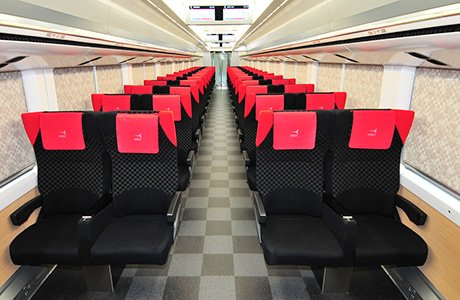
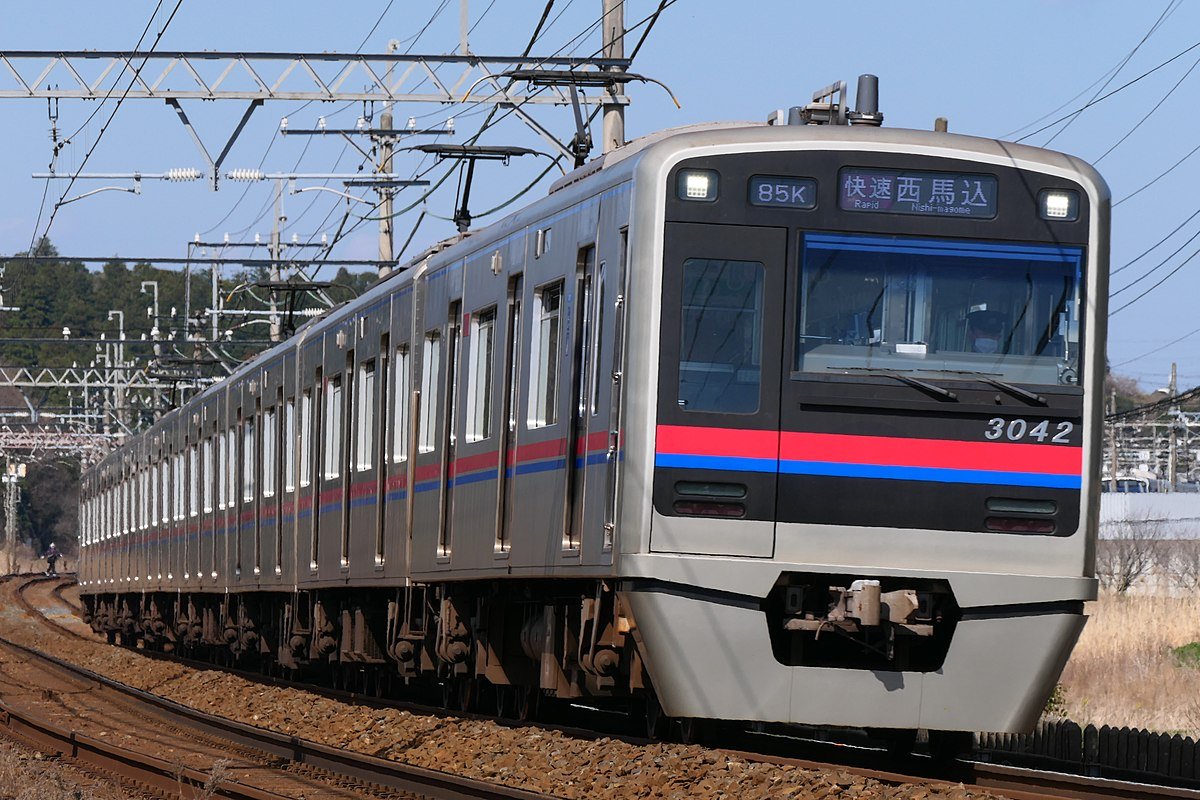
![EXCITING WALKING ROUTES TO DO IN TOKYO [TOP 5 TOKYO WALKING TOURS]](https://images.squarespace-cdn.com/content/v1/5d3ee66abacfa00001df6854/1666679584460-DCDE96HPOFYSZW95RHEV/unsplash-image-824OwkP7sgk.jpg)






![FREE SELF-GUIDED AUDIO TOUR IN TOKYO! [4 REASONS TO TRY A SELF-GUIDED AUDIO TOUR]](https://images.squarespace-cdn.com/content/v1/5d3ee66abacfa00001df6854/1634201426095-VPPUAZNVRUX69K4KVH7K/nihonbashi-walking-tour.jpg)


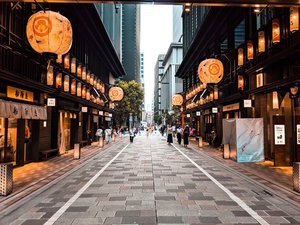
![SOUVENIRS TO BUY ON TOKYO TOURS [4 PLACES FOR SOUVENIR SHOPPING IN TOKYO]](https://images.squarespace-cdn.com/content/v1/5d3ee66abacfa00001df6854/1661105533384-ALFWDTVLC44J8W32UAQ3/unsplash-image-3vrh8MblY28.jpg)




![3 FOODS TO TRY IN TOKYO [OUR TOP PICKS FROM A TOKYO FOOD TOUR]](https://images.squarespace-cdn.com/content/v1/5d3ee66abacfa00001df6854/1659723019524-5I1Z8F3XWKH318SGA6LR/unsplash-image-layMbSJ3YOE.jpg)


